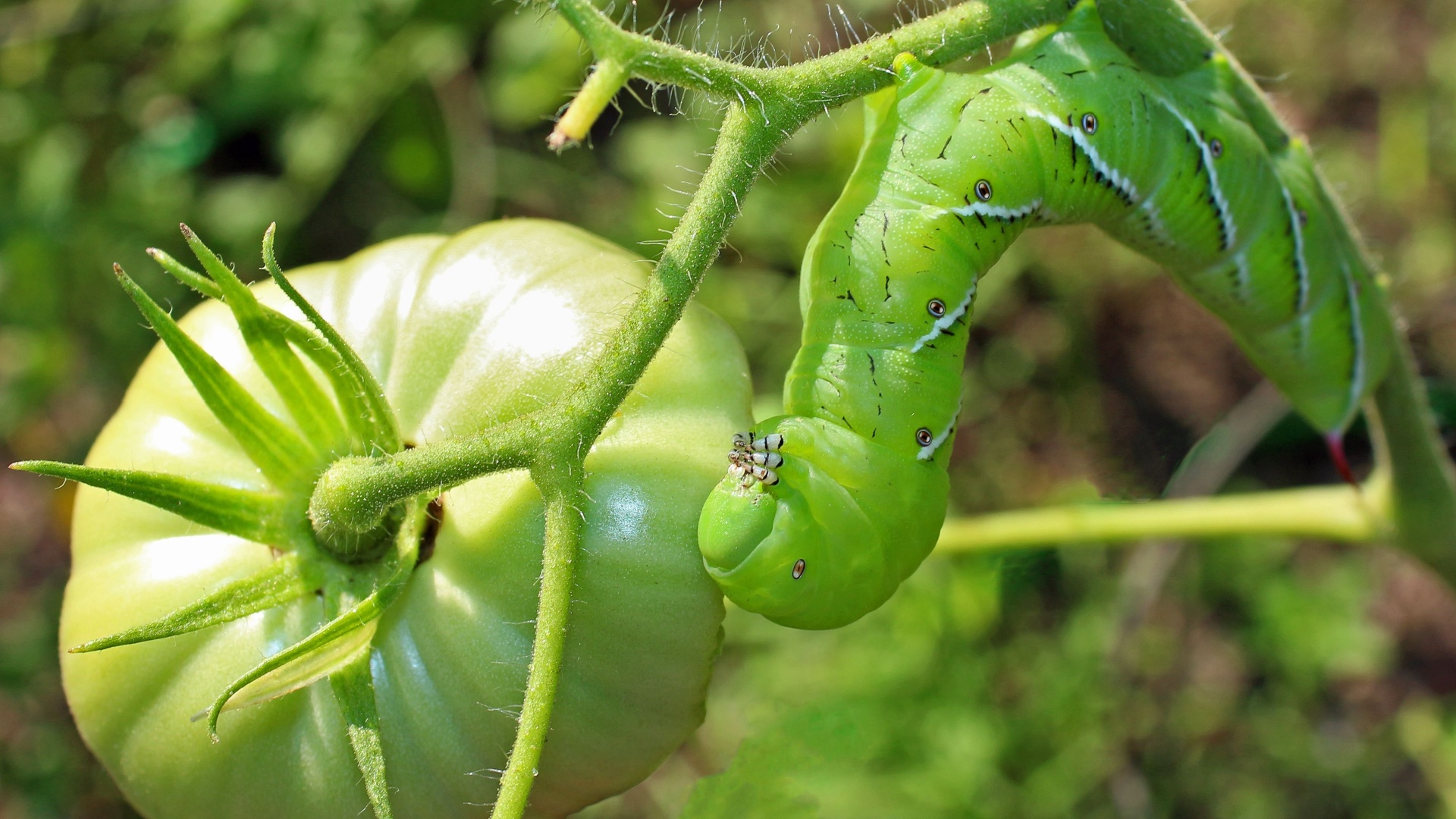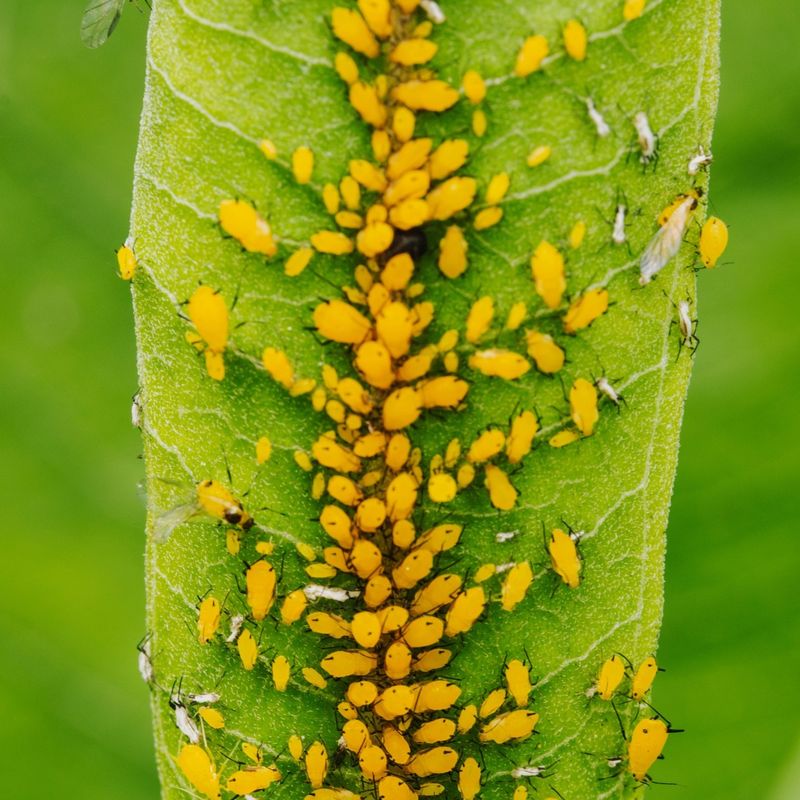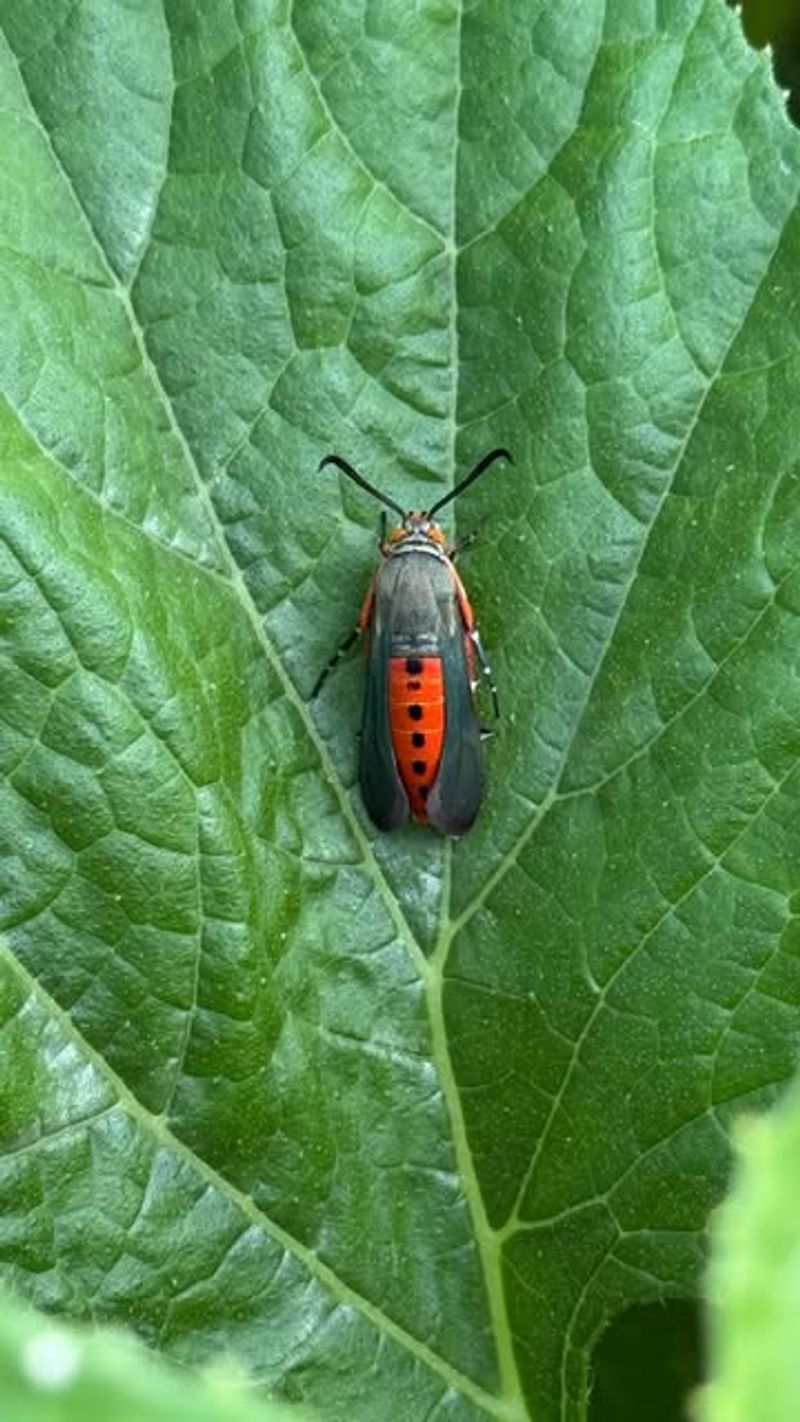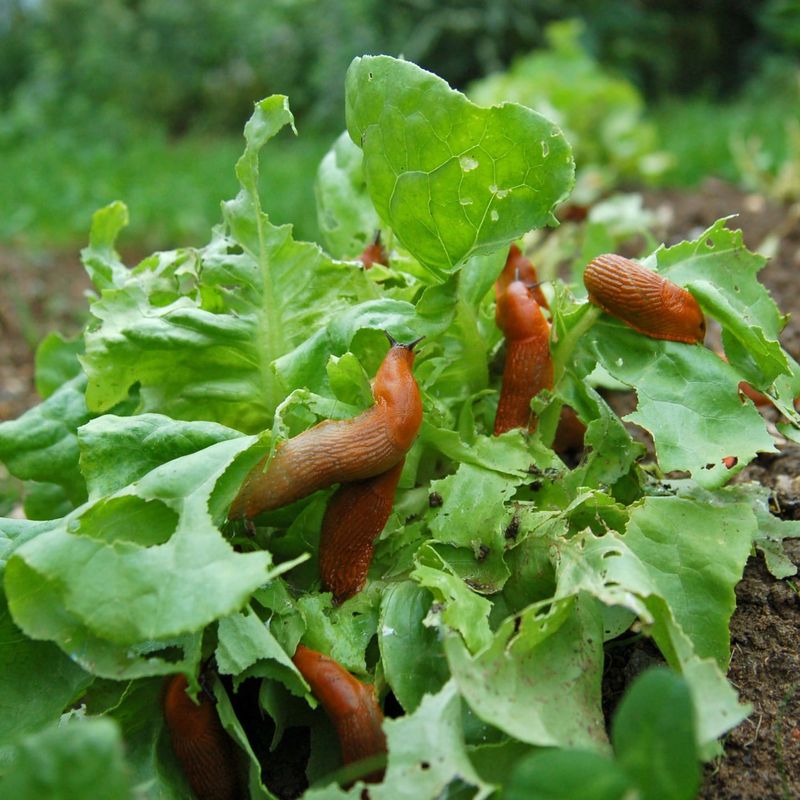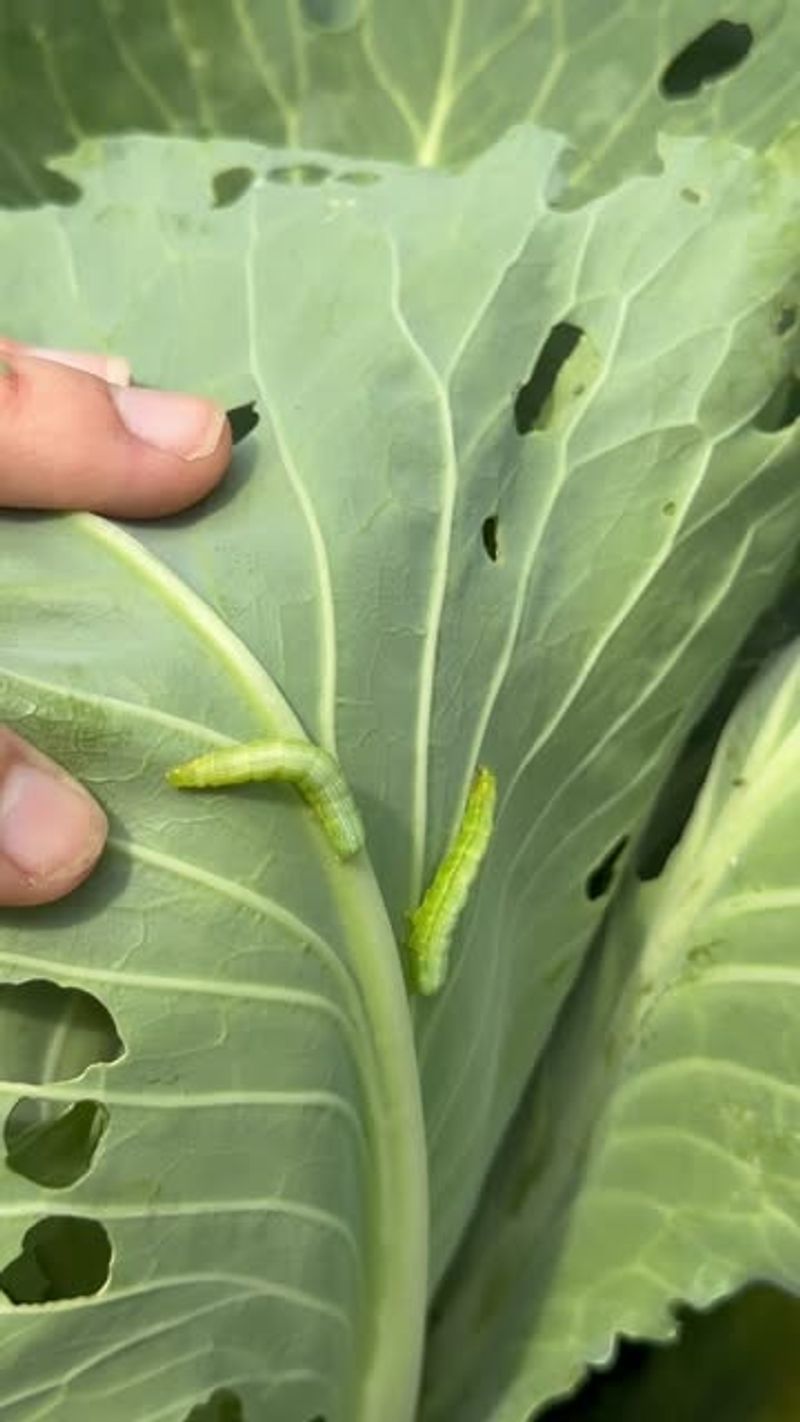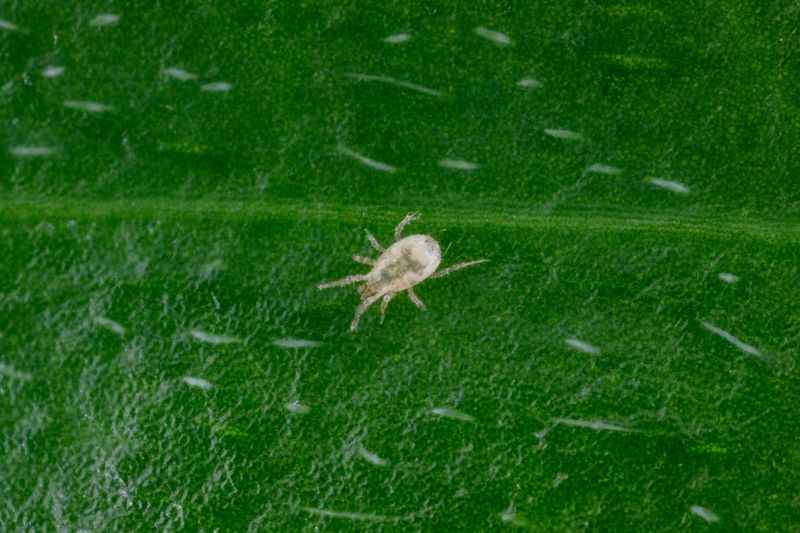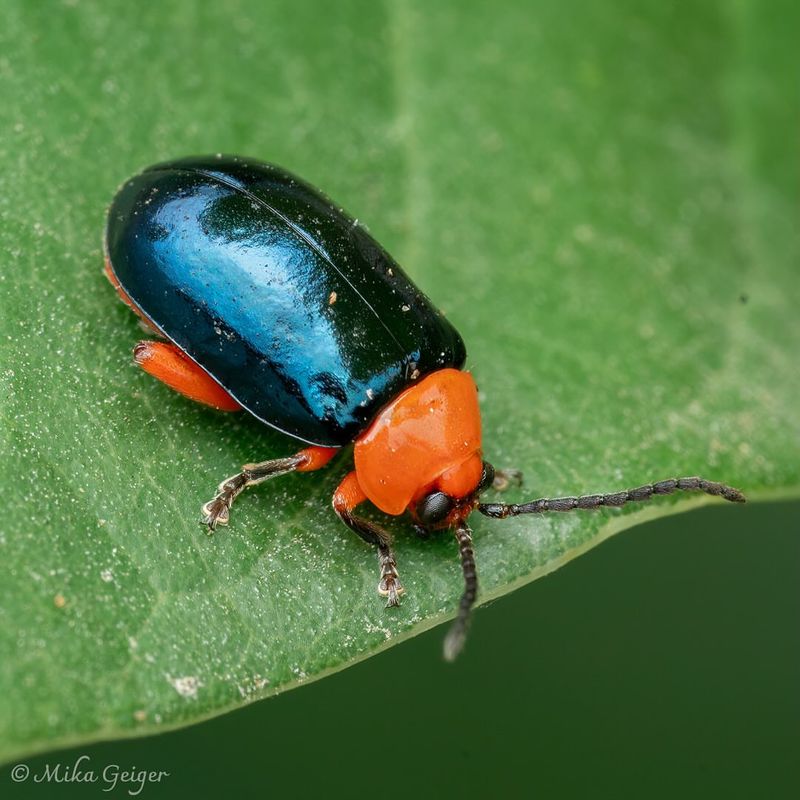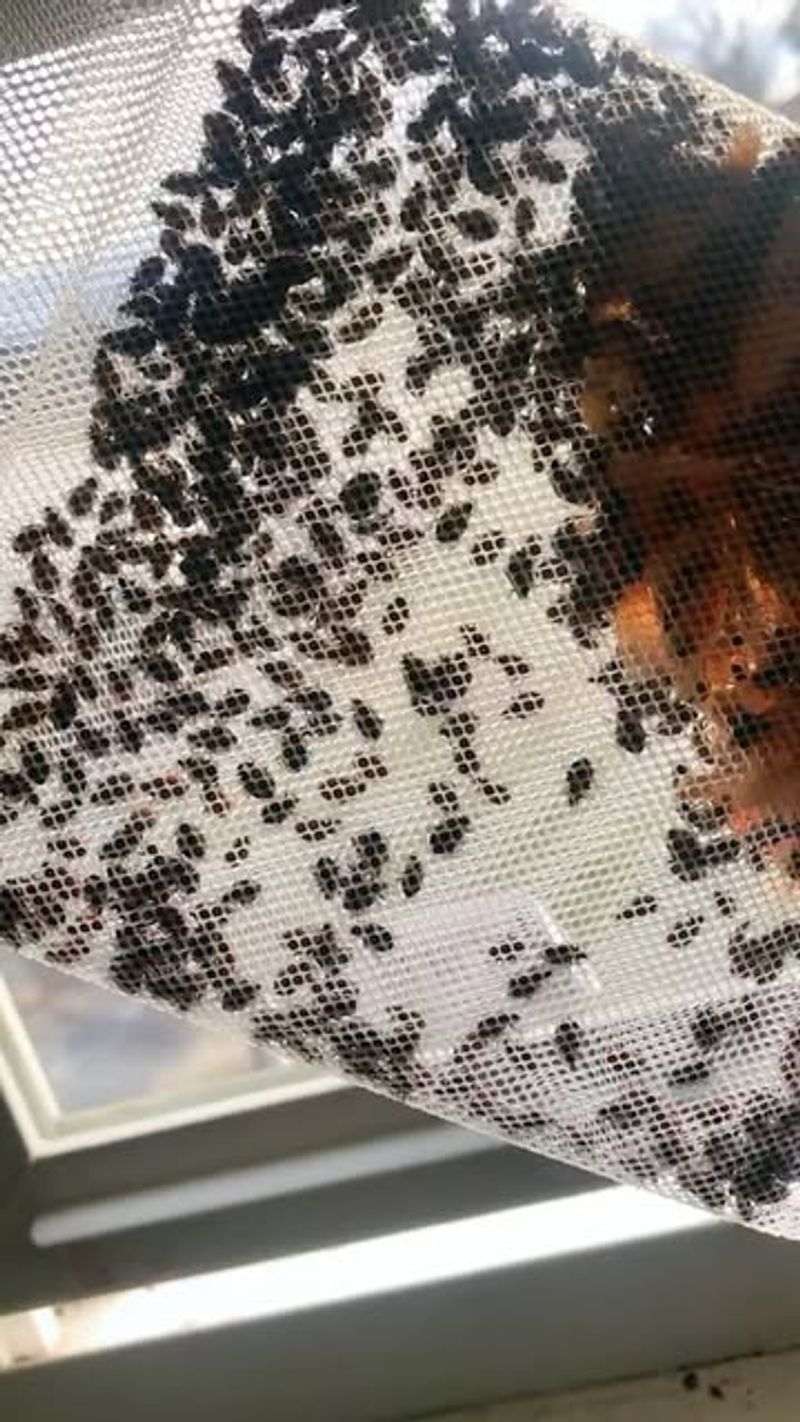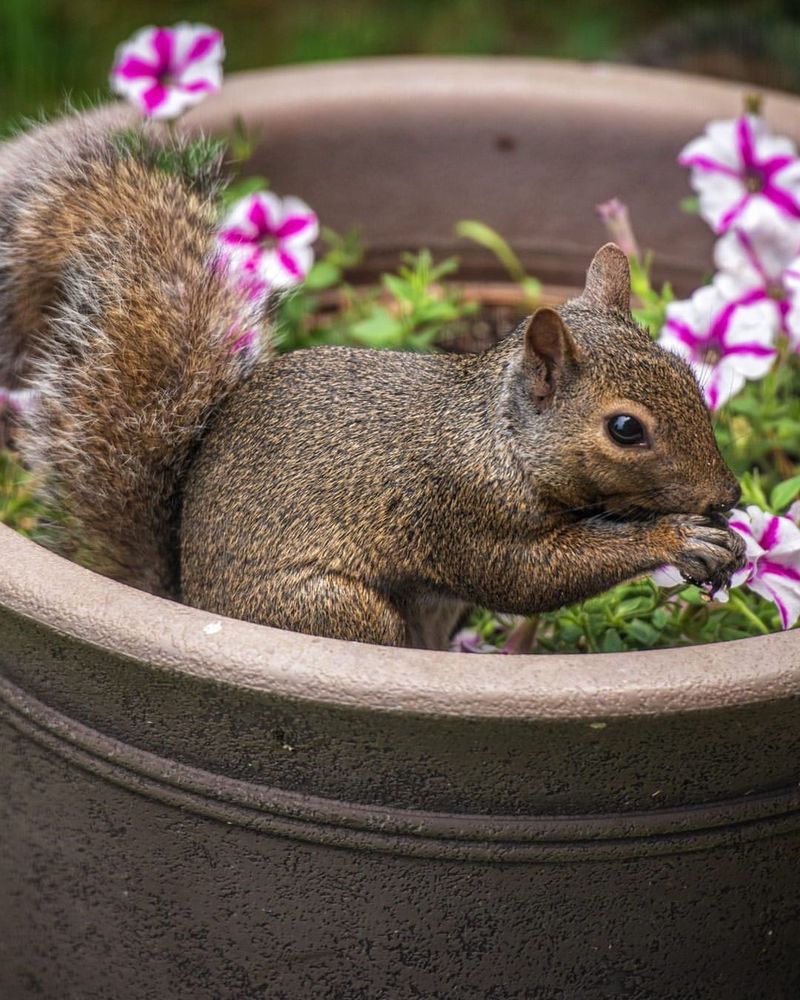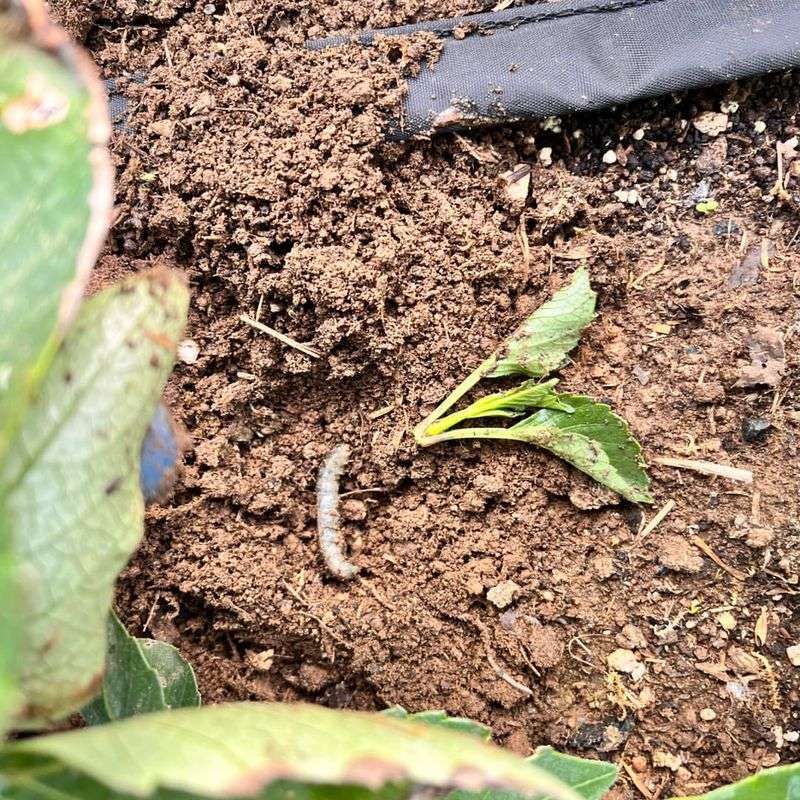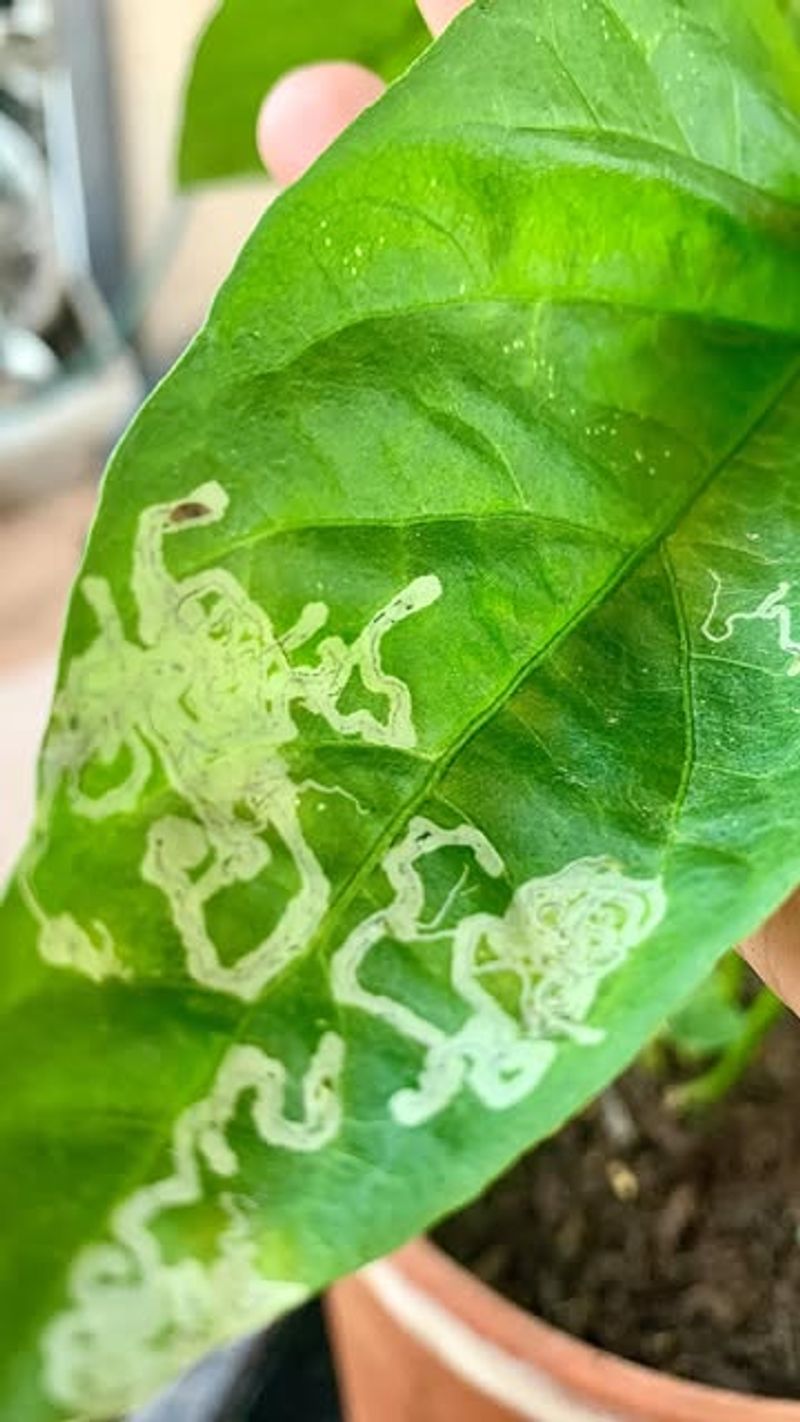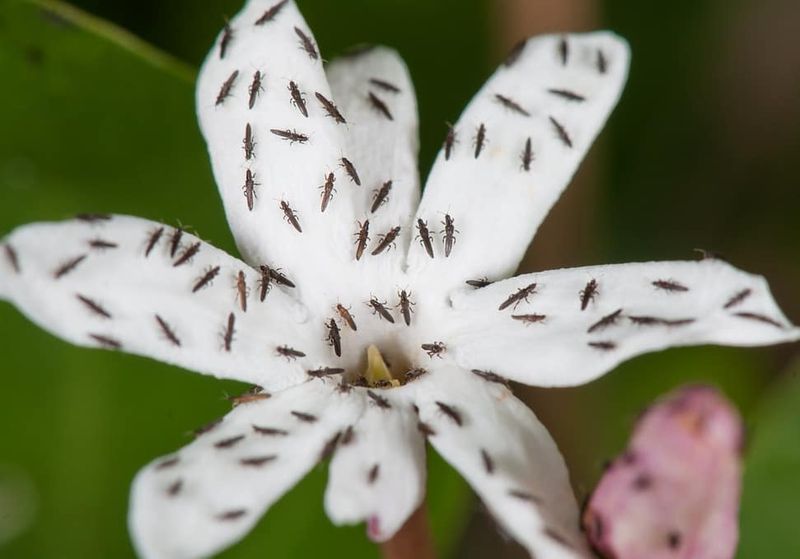Summer heat doesn’t just bring out blooms—it also unleashes a wave of destructive garden pests. From sap-sucking insects to leaf-chewing invaders, these common warm-weather menaces can wipe out your plants fast.
Pest control experts are urging gardeners to act now before infestations spiral out of control and ruin weeks of hard work.
1. Aphids: The Tiny Sap Suckers
Clusters of these tiny insects drain the life from new growth on almost any plant. Look for curling leaves, sticky residue, and black sooty mold that grows on their honeydew.
Blast plants with water to knock aphids off, or introduce ladybugs as natural predators. Insecticidal soap works for serious infestations, but apply in early morning or evening to protect beneficial insects.
2. Japanese Beetles: Metallic Plant Destroyers
Sporting shiny copper-colored backs, these destructive beetles skeletonize leaves by eating everything except the veins. Their grubs also damage lawns by feeding on grass roots.
Hand-pick beetles in the morning when they’re sluggish and drop them in soapy water. Milky spore and beneficial nematodes help control the underground larvae stage. Avoid beetle traps which can actually attract more to your yard.
3. Tomato Hornworms: Green Giants
Nothing strikes fear like finding these massive green caterpillars devouring tomato plants overnight. Growing up to 4 inches long, they blend perfectly with stems and leaves until you notice missing foliage.
Check undersides of leaves regularly and remove hornworms by hand. Look for white cocoons on their backs—these are beneficial braconid wasp eggs that will kill the hornworm and shouldn’t be removed.
4. Squash Bugs: The Cucurbit Killers
Brown, shield-shaped pests attack squash, pumpkins, and cucumbers by sucking sap from leaves and stems. Plants wilt suddenly as these bugs inject toxic saliva while feeding.
Crush their bronze-colored egg clusters found on leaf undersides. Cover young plants with floating row covers until flowering begins. Diatomaceous earth sprinkled around plants creates a barrier these pests won’t cross.
5. Slugs and Snails: Nighttime Nibblers
Gardens become buffets for these slimy creatures after sunset. Their rasping mouthparts create irregular holes in leaves and flowers, while telltale slime trails confirm their presence.
Create barriers with copper tape or diatomaceous earth around vulnerable plants. Shallow dishes of beer sink these pests, while morning slug hunts can reduce populations. Remove damp hiding places like boards and excess mulch near prized plants.
6. Cabbage Worms: Green Leaf Eaters
Velvety green caterpillars chew ragged holes in cabbage, broccoli, kale and other cole crops. Left unchecked, they reduce leaves to skeletal remains with only the veins intact.
Floating row covers prevent the white butterflies from laying eggs on plants. Bacillus thuringiensis (Bt) spray targets only caterpillars while sparing beneficial insects. Regular inspection of leaf undersides helps catch infestations early.
7. Spider Mites: Microscopic Leaf Drainers
Barely visible to the naked eye, these tiny arachnids multiply rapidly during hot, dry weather. Plants develop speckled, yellow leaves and fine webbing between stems when infestations grow severe.
Regularly spray plants with strong streams of water to dislodge mites. Maintain good humidity around plants as mites thrive in dry conditions. Neem oil or insecticidal soap applications target mites while being gentler on beneficial insects.
8. Cucumber Beetles: Striped Disease Carriers
Yellow beetles with black stripes or spots chew cucumber, melon, and squash seedlings. Beyond direct damage, they spread bacterial wilt disease that causes plants to collapse suddenly.
Yellow sticky traps capture adults before they lay eggs. Plant nasturtiums nearby as trap crops to lure beetles away from your vegetables. Apply row covers immediately after planting and remove only when female flowers appear for pollination.
9. Flea Beetles: Tiny Hopping Pests
Small, shiny black beetles create shotgun-pattern holes in eggplant, tomato, and potato leaves. Their jumping ability makes them difficult to catch, and they can devastate seedlings in just days.
Floating row covers prevent beetles from reaching young plants. Diatomaceous earth sprinkled on leaves deters feeding. Plant radishes as trap crops nearby, as flea beetles often prefer them over other vegetables.
10. Whiteflies: Cloud-like Swarmers
Tiny white insects fly up in clouds when disturbed, then quickly resettle on leaf undersides. They suck plant juices and excrete honeydew that leads to sooty mold growth.
Yellow sticky traps catch adults before they reproduce. Insecticidal soap spray directly on leaf undersides targets nymphs. Aluminum foil mulch reflects light upward, confusing whiteflies and reducing egg-laying on tomatoes and peppers.
11. Earwigs: Pincer-Tailed Opportunists
Reddish-brown insects with intimidating rear pincers feed at night, creating ragged holes in soft fruits and flower petals. Despite their fearsome appearance, they won’t hurt humans and sometimes even eat other pests.
Roll newspaper tubes and place in garden beds, collecting hiding earwigs each morning. Shallow containers of vegetable oil with soy sauce attract and trap these nocturnal feeders. Remove excess mulch near vulnerable plants during peak season.
12. Squirrels: Bulb and Fruit Thieves
Garden raiders dig up newly planted bulbs and take single bites from ripening tomatoes and strawberries. Frustrated gardeners often find half-eaten produce scattered throughout their yards.
Sprinkle cayenne pepper around plants or use commercial repellents containing predator urine. Cover garden beds with chicken wire until plants establish. Provide alternative food sources away from gardens to reduce crop damage.
13. Cutworms: Seedling Assassins
Gray or brown caterpillars hide in soil during day and emerge at night to chop down young seedlings at soil level. Gardeners discover healthy plants mysteriously collapsed by morning.
Place cardboard collars around seedling stems, pushing them an inch into soil. Scatter used coffee grounds around plants as a deterrent. Hand-pick cutworms after dark using a flashlight, or encourage natural predators like ground beetles.
14. Leaf Miners: Tunnel-Creating Larvae
Tiny larvae create winding, white tunnels between leaf surfaces of tomatoes, spinach, and chard. While rarely fatal to plants, severe infestations reduce photosynthesis and make leaves unappetizing.
Remove and destroy affected leaves promptly to prevent larvae from completing development. Cover susceptible plants with floating row covers before adult flies appear. Avoid broad-spectrum insecticides which kill beneficial parasitic wasps that control miners naturally.
15. Thrips: Flower and Leaf Scrapers
Slender, barely visible insects rasp plant surfaces and suck out contents, leaving silvery streaks on leaves and deformed flowers. They reproduce rapidly in hot weather, making control challenging.
Blast plants with water to dislodge thrips populations. Blue sticky traps attract and capture adults before they reproduce. Insecticidal soaps target nymphs without harming pollinators when applied in early morning or evening.

